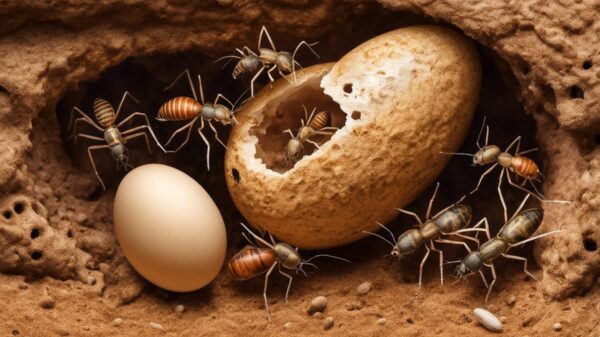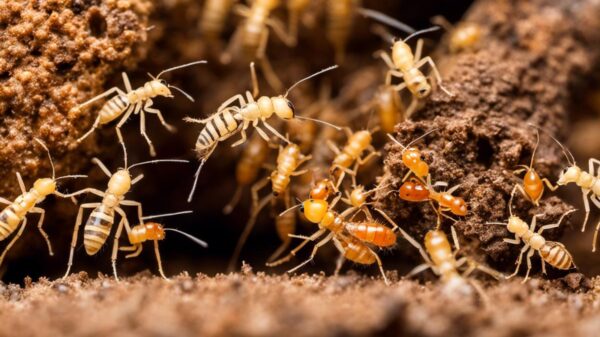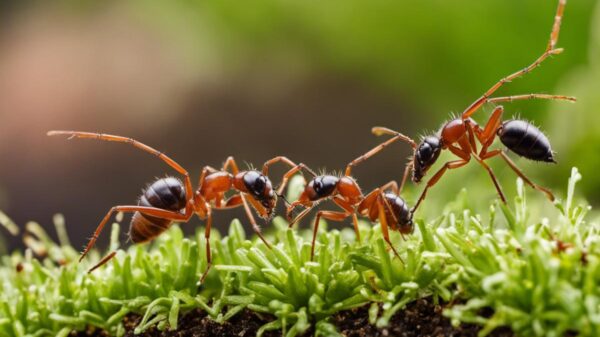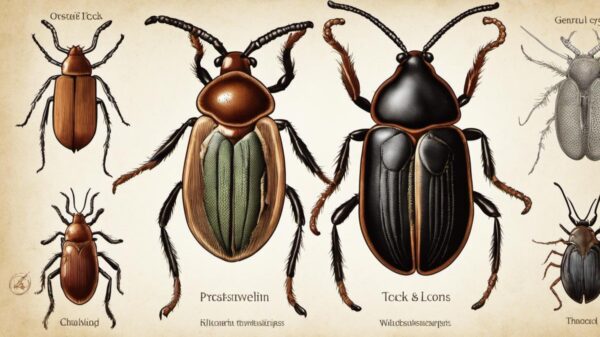Termites, otherwise known as the ‘silent destroyers,’ are attracted to homes for numerous reasons, causing extensive damages if left unchecked. While these pests may appear insignificant and inconsequential, their destructive effects on residential structures cannot be overlooked. The essence of understanding what attracts these destructive critters to your home is fundamental in combating their invasion. A variety of factors ranging from moisture levels, wood and cellulose presence, soil contact, to warmth and light play significant roles in enticing these pests. The subsequent sections of this discourse delve deeper into these factors, discussing their vital roles in termite attraction and precautionary measures that homeowners can adopt to mitigate these threats.
Moisture Levels
Moisture Levels and Termite Infestation
Moisture is one of the most significant contributing factors to a termite infestation in your home. Termites can get attracted to moisture because it provides them with the essential conditions they need for their survival. By identifying and addressing the sources of excess moisture in your home, you can lessen the likelihood of a termite infestation.
Water Leaks and Termite Attraction
Water leaks, whether from a pipe in your basement or a faucet on your bathroom sink, could potentially serve as a draw for termites. Moist areas resulting from leaks create the perfect breeding grounds for these pests. They provide termites with the damp and humid environment they seek for nesting and reproduction and supply a source of softened, easy-to-digest wood. Regularly inspecting your home for leaks and promptly repairing any that you find can help to deter these pests.
Poor Ventilation and Its Impact on Termite Infestation
Poor ventilation, especially in basements and crawl spaces, may lead to the accumulation of humid, stagnant air. These areas of your home then become prime real-estate for termites. Stagnant, warm, and humid conditions are conducive to termites’ survival and proliferation. Good ventilation practices, such as the use of fans or dehumidifiers, can help to lower humidity levels and thus make these places less appealing to termites.
Condensation as a Termite Attractant
In places where there is a significant temperature difference between inside and outside, uncontrolled condensation can occur on windows, walls, and other surfaces. The resultant moisture can seep into cracks and crevices, causing dampness which is another factor that attracts termites. Regularly wiping off condensation and ensuring that areas prone to it are adequately ventilated can reduce the likelihood of a termite infestation.
Dampness and Termites
Dampness, in general, is what termites look for in their ideal habitat. Termites are attracted to homes with moist soil, damp wood, or other sources of moisture. They can even use damp soil as an entry point into your home, tunneling up through the damp earth and into your wooden structures. Proper draining practices, like channeling rainwater away from your home and restricting any sort of water accumulation, can help keep the level of dampness down and thereby reduce the potential for a termite infiltration.
Summary
Ensuring your domicile remains termite-free involves creating a dry home environment. This can be achieved by promptly addressing water leaks, boosting ventilation, managing condensation, and overall dampness reduction.
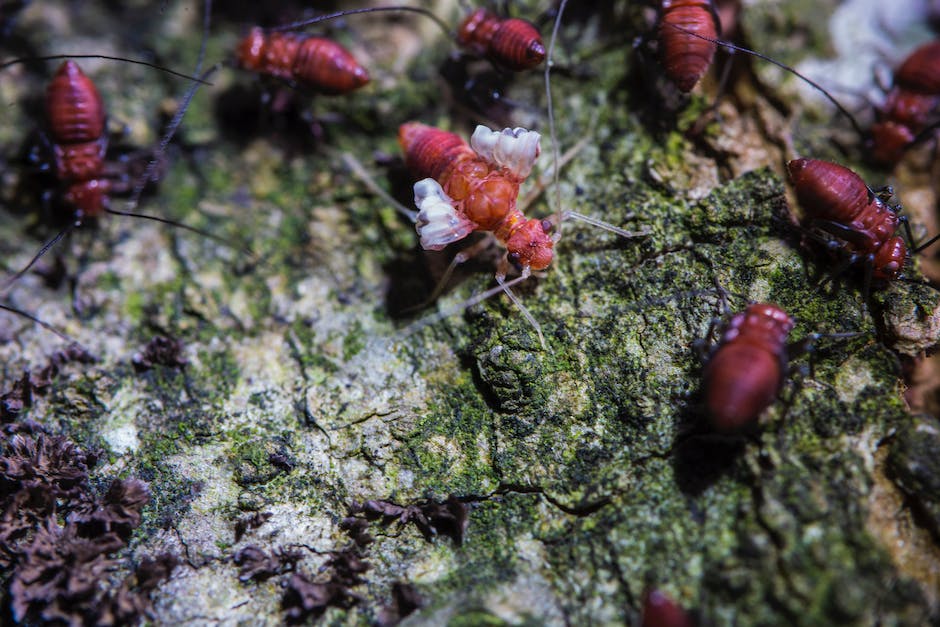
Presence of Wood and Cellulosic Material
Wood: The Main Termite Magnet
It often surprises many house owners when they discover the presence of a termite infestation in their homes. But one key element that lures these destructive pests is the presence of wood and other cellulose-based materials. Damp, decomposing wood holds particular appeal to termites because it’s easier for them to chew and break down.
The need to note that of the hundreds of species of termites, some are more likely to prey on homes than others is important. For instance, subterranean termites, which notoriously infest homes, are drawn towards moist, decaying wood typically found in basements and other lower parts of houses.
Type of Wood and its Affinity with Termites
The type of wood you have in your home also plays a significant role in attracting termites. Softwoods such as pine, spruce, and cedar are particularly attractive to these pests. This is due to their soft grain and high cellulose content which makes them easy for termites to digest. Hardwoods, on the other hand, are less appealing but are not immune to termite attacks. A termite infestation can still occur on hardwood species if the conditions are favorable for their growth and reproduction.
On the flip side, some woods like heartwood, redwood, and yellow cedar are naturally resistant to termites. They contain compounds that termites find unpalatable, thereby acting as a natural deterrent. However, this does not mean that these types of wood are immune to termites, especially if they are old or damaged.
How Termites Locate Wood and Other Cellulose-based Materials
Termites are attracted to wood through the scent of cellulose and moisture. These pest colonies send out scouts to look for sources of food and shelter. These scouts emit pheromones, which other termites follow to locate the food source.
They can also detect moisture and temperature changes through their antennae. High humidity and warmer temperatures often indicate the presence of rotting wood or other organic material, which could potentially be a source of food.
Termites also have an attraction to the carbon dioxide produced by decaying wood and other organic materials. The more decay present, the more carbon dioxide released, potentially attracting more termites.
The Risks of Unchecked Termite Infestations on Home Infrastructure
Termites, if left undeterred, can result in considerable damage to homes. They have a preference for wood but aren’t averse to destructing cellulose insulation, paper products, and even certain plastics and asphalts.
The threat these pests pose involves seriously undermining the structural strength of homes through the gradual weakening of wooden components, which often goes undetected until severe damage has set in. As such, it is critical to understand and take action against things that draw termites towards your residence.
Conducting termite inspections annually is a recommended practice to early identify and deal with their activity. Apart from this, the chances of termite invasions can be lowered by keeping the base of your home dry, reducing the contact between wood and soil, and ensuring woodpiles are located at a distance from your home. These are just some of the measures that can be employed as preventive action.
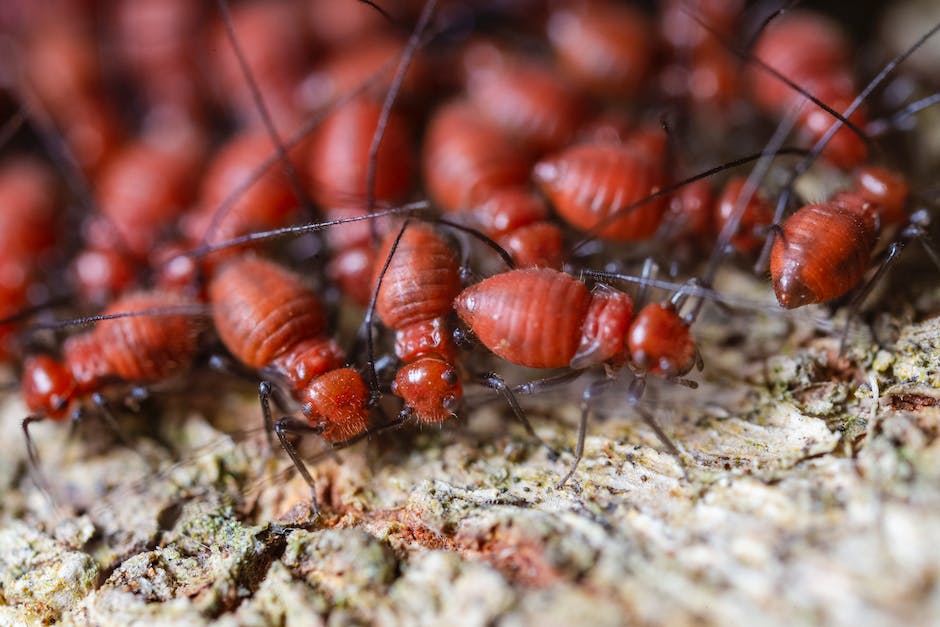
Soil Contact and Landscape Factors
How Soil Contact With Home’s Foundation Can Bring in Termites
The point where your home’s foundation touches the soil is among the principal entry routes for termites. Termites breed and reside in soil, so they can easily infiltrate structures in direct contact with it. The concealed, damp, and cool environment found between a building’s foundation and soil provides perfect conditions for termites.
Disrupting the attractiveness of this environment for termites involves reducing the contact between soil and wood around your property, such as maintaining around an 18-inch clearance between the ground and any wooden part of your dwelling. This gap doesn’t only deny termites straightforward access but it also enables regular checks for indicators of termite activity like mud tubes. Moreover, having gutter and drainage systems set up to carry water away from the foundation will also help to prevent conditions that termites find inviting.
Mulch Placement Drawing Termites
Mulch serves as an attractive food source and nesting grounds for termites. Made up of wood chips, bark, and other plant materials, mulch provides the cellulose that termites feed on. Moist, cool, and protective, mulch also creates an ideal environment for termites to thrive, especially when placed too closely to wooden structures of a home. Termites can then move from the nutrient-rich mulch to the wooden parts of the structure, resulting in a major infestation.
While mulch is beneficial for plant growth, it’s important to place it strategically. Keep mulch at least 15 inches away from the foundation of your home, and avoid using it in areas with direct wood-to-ground contact such as deck posts or stairs. Using termite-resistant mulch, such as cedar bark or gravel, can further prevent termite attraction.
Landscape Factors Attracting Termites
The overall configuration of your landscape can also attract or repel termites. Overgrown vegetation, damp areas, and collected debris all create perfect conditions for termites. Shrubs, trees, and other plantings should be pruned and kept away from your home to limit termite access. Similarly, stagnant water or improper drainage systems can also attract termites and should be addressed promptly. Firewood and other wooden debris, if left scattered in the yard, create additional feeding grounds for termites. Storing such items far from the house and off the ground can help prevent termite issues.
Moreover, poorly ventilated crawl spaces under the home, with high humidity levels, can draw termites. Proper ventilation and dehumidification of these spaces can help deter these pests from making a home under yours. Regular pest inspections, coupled with proper landscape maintenance, can help you detect and act on termite presence early on.
Understanding termite control requires an integrative approach, merging both in-house strategies with judicious outdoor landscape management. This dual focus increases the effectiveness of control measures and minimizes any possibility of infestation.
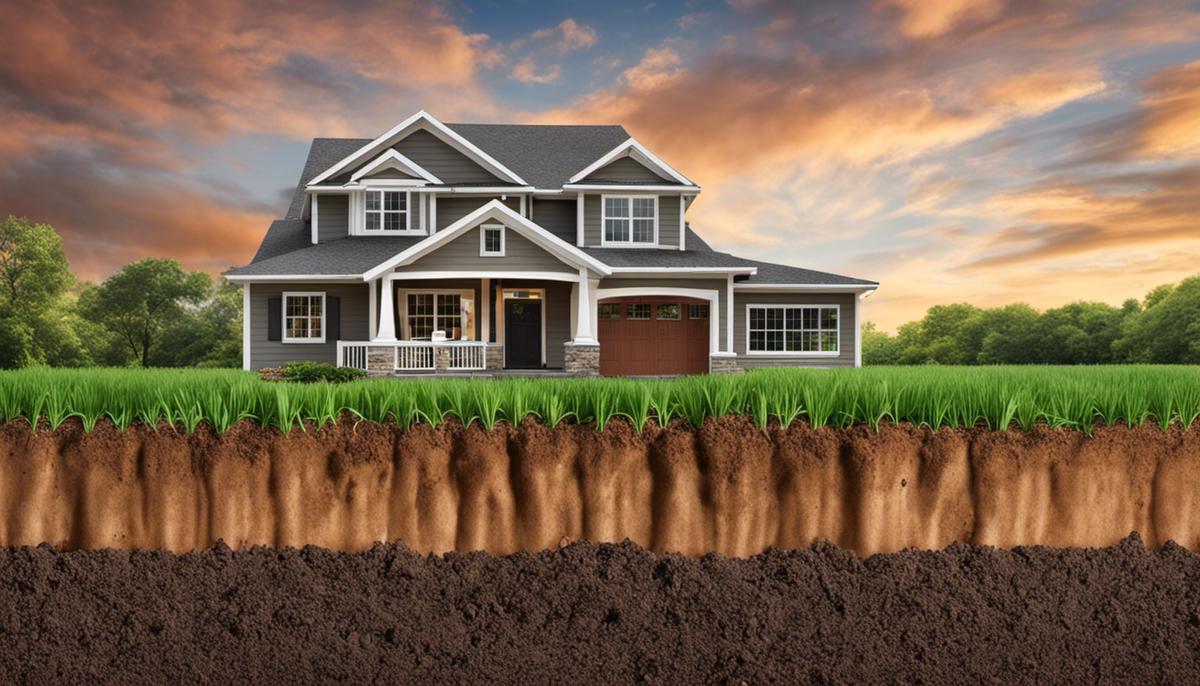
Warmth and Light
Draw of Warmth and Light for Termites
Similar to numerous insects, termites are attracted to well-lit, warm environments. An adequately heated room in your home can easily become a prospective sanctuary for a termite colony. More specifically, subterranean termites, while nesting underground, often infiltrate houses searching for food and warmer environments. The warmth your home’s heating systems provide, significantly during colder seasons, can lure these pests, motivating them to establish their colonies within your dwelling’s warm structural areas.
Aside from warmth, light is another strong attraction factor for termites. Many termite species display phototropism, indicating their attraction towards light. This covers both natural sunlight and artificial lighting produced within your home. Such lighting lures termites to your property, particularly during termite swarming periods when winged termites launch off in pursuit of new territories to infest.
How Home Properties Invite Termites
Light sources and heating systems in your home can form an unintentional invitation to the termites. Brightly lit exteriors or interiors tend to draw termites, particularly during swarm season. Lighting fixtures outside your home increase the risk of attracting these pests. Similarly, strong warm spots in your abode, such as those around your heating systems or fireplaces, may entice termites further in.
Practical Tips to Mitigate Termite Attraction
While warmth and light are necessary for comfortable living, there are strategies homeowners can apply to mitigate termite attraction without reducing comfort. To combat termite attraction to light, consider reducing outdoor lighting during swarm season, adjusting timing so lights are off during termites’ active hours, or modifying the spectrum of your lights to less attractive frequencies.
Insulation can help mitigate the attraction of termites to warmth. Ensuring walls, pipes, and crawl spaces are well-insulated may not only save on heating bills, but also provide less “beacon” for cold-seeking termites. Moreover, maintaining a dry environment is crucial as termites thrive in moist environments. Regular checks for water leaks and proper ventilation can keep the humidity in check.
To prevent termites from accessing heated indoor areas, consider sealing around pipes and crawl spaces. Any cracks or fissures in the walls, foundation, and roof may also give termites a gateway into your warm home.
Regular termite inspections are crucial in preventing an infestation from establishing itself. These should be carried out by a professional pest control agency, particularly in susceptible areas of your home such as basement, attic, and areas with woodwork.
With careful attention and mitigative steps, homeowners can use their basic understanding of termite preferences to make their homes less inviting to this destructive pest, without sacrificing their comfort.
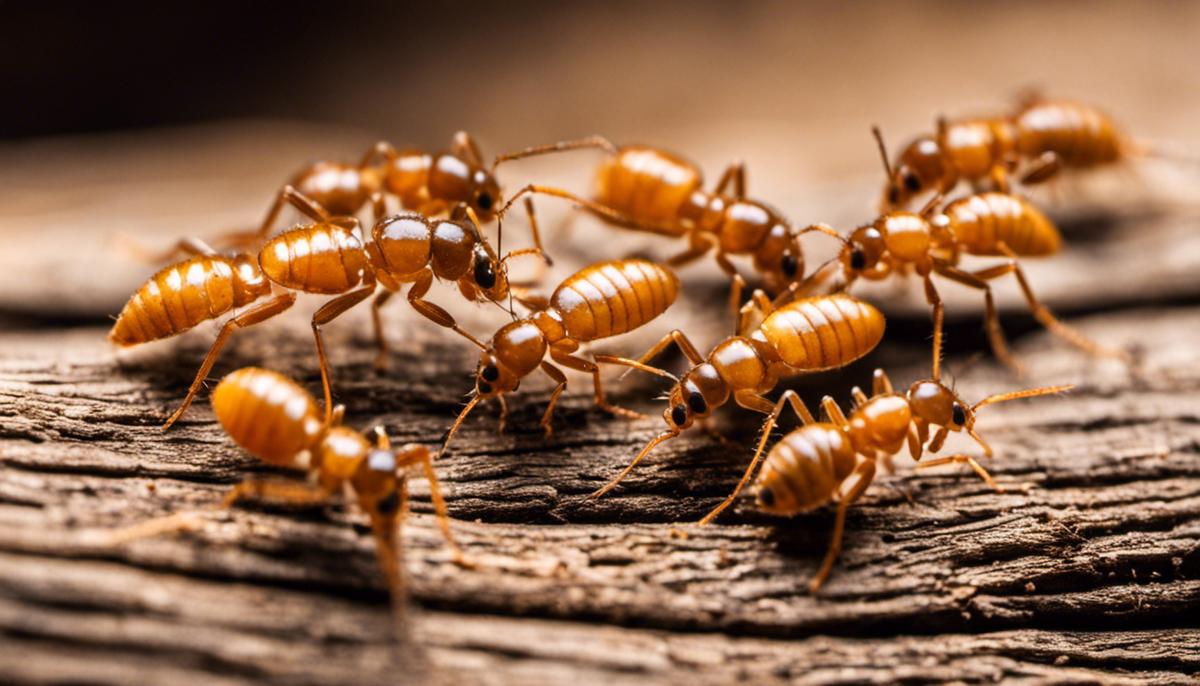
To ensure that your home remains your fortress and not a safe harbor for these ‘silent destroyers,’ staying informed and aware of the risks is crucial. The battle against termite infestation is an ongoing one that requires consistent efforts. Regular home inspections, proper landscape configurations, efficient control of moisture, and moderation of light and warmth system can play pivotal roles in keeping this menace at bay. Each homeowner has a part to play in this fight: by understanding what attracts these pests and creating a less hospitable environment for them, we can ensure our homes remain our own.



